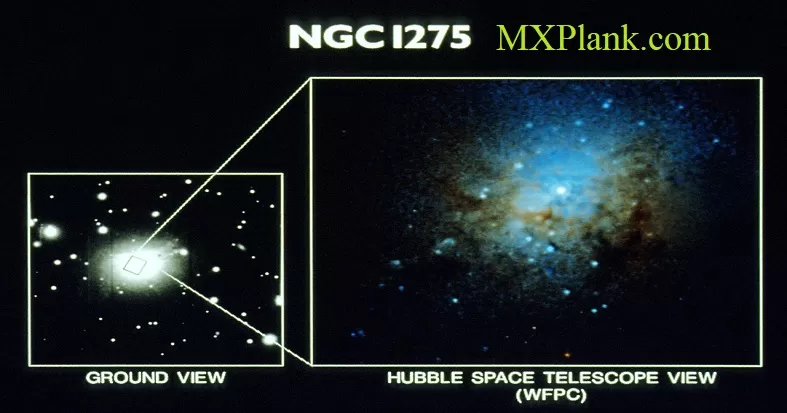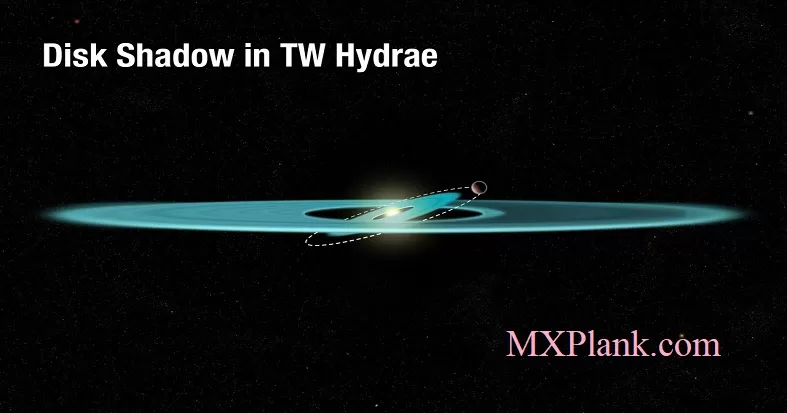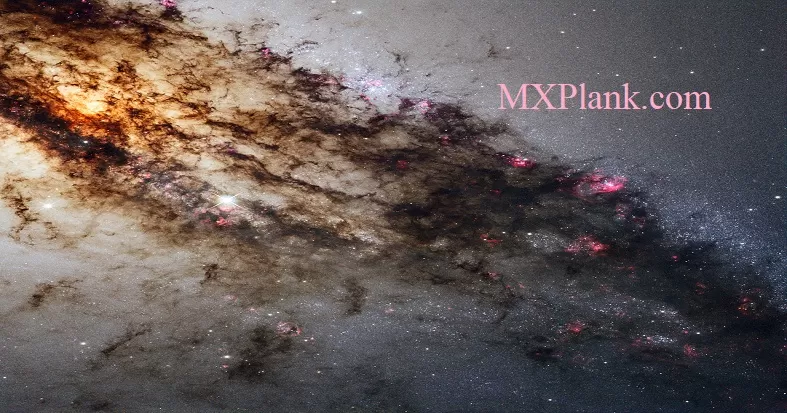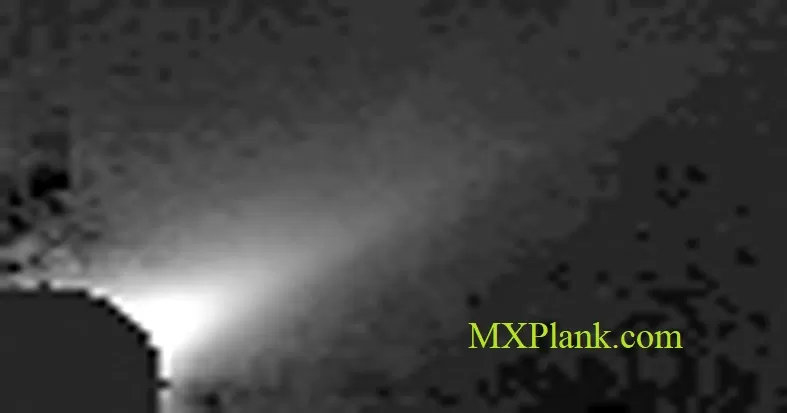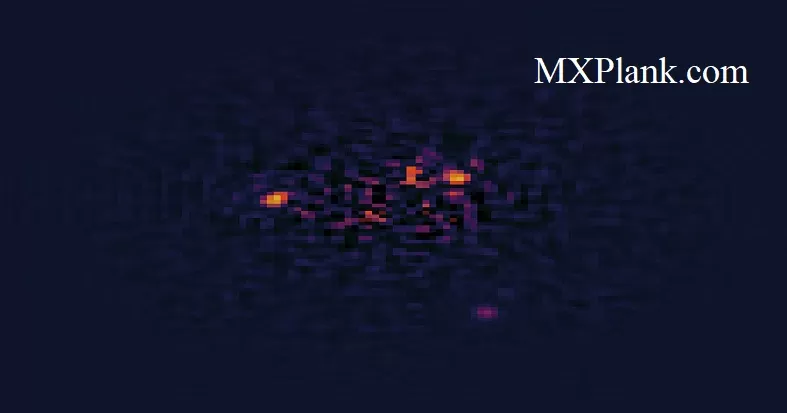The Lasting Impacts of Comet Shoemaker-Levy 9
At the close of the last century, a comet, captured into orbit around a planet, traveled too close and was shredded by its gravity into multiple pieces, some as large as a half a mile (1 km) long. Those fragments would plunge into the the planet’s atmosphere in a series of impacts. Would the impacts be spectacular? Or would the comet fragments disappear without a trace? In July 1994, astronomers around the world watched with bated breath as the fragments of comet Shoemaker-Levy 9 slammed into the planet Jupiter.
It was just incredible to watch” says Dr. Kelly Fast, one of the impact’s observers, and now manager of NASA’s Near-Earth Object Observations program. “Such an impact event had never before been witnessed, let alone studied. Ground-based telescopes around the world and spacecraft like NASA’s Hubble Space Telescope and even the Galileo orbiter en route to Jupiter were used to observe the impacts. The discovery of the comet by Carolyn and Gene Shoemaker and David Levy gave us about a year to plan our observations.”
The impacts proved to be impressive: The fragments – some 21 in all – plunged into Jupiter’s atmosphere over the course of six days. At impact, they were traveling at a speed of about 37 miles/second (60 km/second), heating the atmosphere to at least 53,000 degrees Fahrenheit or 30,000 degrees Celsius. Like the splash from throwing a rock into a pond, the impacts created giant plumes of material from Jupiter’s lower atmosphere which rose as high as 1,900 miles or 3,000 kilometers above the cloudtops into the stratosphere. In the aftermath, the plume splashback scarred Jupiter’s atmosphere with dark clouds of impact debris which could be seen for months as they were gradually dispersed by Jupiter's winds.
So what were scientists able to learn about Jupiter itself as a result of the impacts? For one thing, those dark clouds of impact debris acted as tracers of the winds in Jupiter’s stratosphere, and by following their motion over time, scientists could measure those high-altitude winds. Temporary changes in the aurora on Jupiter showed scientists that Jupiter’s magnetosphere was influenced by particles from the impacts.
“Also,” Dr. Fast notes, “We are still able to see changes in Jupiter’s atmosphere that resulted from the impacts. When the fragments of Shoemaker-Levy 9 slammed into Jupiter, they deposited their own chemical compounds, the impact processes produced some, and others were exhumed from the lower atmosphere. Some molecules, like ammonia, were destroyed by sunlight in the weeks and months after the impacts, but others, like hydrogen cyanide and water, are still seen today. All of that tells scientists about how chemistry works in Jupiter’s atmosphere.”
Comet Shoemaker-Levy 9 showed us that large impacts still happen in the Solar System, and were a factor in NASA developing programs to address the impact risk to Earth. From comet science, to Jupiter science, to the science of impacts, the legacy of that serendipitous discovery by Carolyn and Gene Shoemaker and David Levy continues to this day and into the future.

